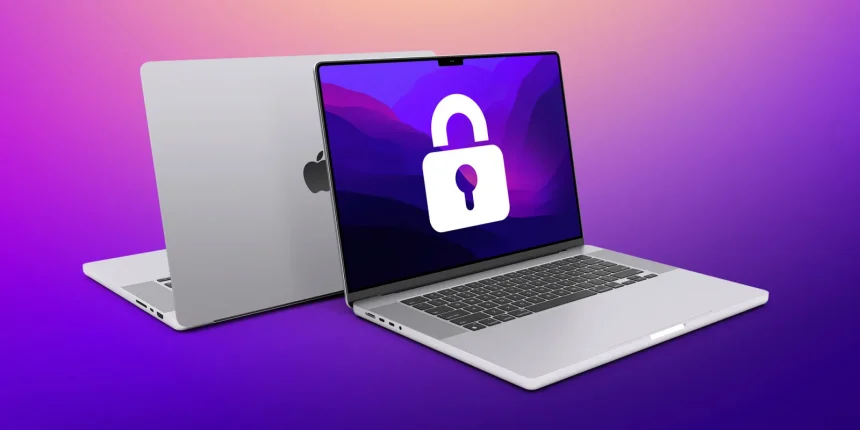Ransomware is a form of malicious software that encrypts files on a victim’s computer, rendering them inaccessible until a ransom is paid to the attacker. This type of malware has surged in prevalence and sophistication over the years, targeting individuals and organizations alike. Ransomware attacks often lead to significant financial losses, data breaches, and the potential for reputational damage. In this article, we will focus on King Ransomware, detailing its operation, symptoms, and methods of removal.
The Threat: King Ransomware
King Ransomware is a particularly insidious variant of ransomware that infiltrates systems through various means, primarily phishing emails, malicious downloads, and exploit kits. Once executed, it begins encrypting files, often focusing on user data such as documents, images, and databases. The files are typically renamed with a unique extension, such as .king, making them unrecognizable to users.
After installation, King Ransomware scans the infected system for valuable files and immediately starts the encryption process. During this time, the malware will also communicate with its command and control (C&C) server to receive instructions and potentially download additional payloads. This communication allows the attackers to maintain control over the infection and adapt their strategies based on the infected system’s defenses.
The consequences of King Ransomware’s presence can be severe. Once the files are encrypted, users may find themselves unable to access important documents, spreadsheets, and other crucial data. This disruption can lead to significant operational setbacks, especially for businesses relying on specific files for day-to-day operations. In addition to encryption, King Ransomware often exfiltrates sensitive data, further amplifying the risk of identity theft and data breaches.
Ransom Note
Upon successfully encrypting the victim’s files, King Ransomware leaves behind a ransom note in the form of a text file. This note typically contains a message informing the user of the encryption, instructions for contacting the attackers, and demands for payment, usually in cryptocurrency. The note may also threaten to permanently delete the encrypted files if the ransom is not paid within a specified timeframe.
Victims of the King Ransomware are left with the following ransom message:
‘Email 1:
king_ransom1@mailfence.com
Email 2:
password1@tutamail.com
Send messages to both emails at the same time
So send messages to our emails, check your spam folder every few hours
ID:
If you do not receive a response from us after 24 hours, create a valid email, for example, gmail,outlook
Then send us a message with a new email
Ransom note displayed as a desktop background image:
Email us for recovery:
king_ransom1@mailfence.com
In case of no answer, send to this email:
password1@tutamail.com
Your unqiue ID:/here the victim is presented a unique ID number/
Purpose and Infiltration Methods
The primary purpose of ransomware, including King Ransomware, is financial gain. Attackers leverage the desperation of victims who may not have backups or recovery options, forcing them to consider paying the ransom to regain access to their files. King Ransomware infiltrates systems mainly through social engineering tactics, such as phishing emails that trick users into downloading infected attachments or clicking on malicious links. Exploit kits may also be used to take advantage of vulnerabilities in outdated software.
The threat posed by King Ransomware extends beyond the immediate encryption of files. It can lead to data loss, financial strain from potential ransom payments, and long-term damage to a user’s or organization’s reputation. The emotional distress experienced by victims can be significant, as the realization of having lost access to important information becomes overwhelming.
Symptoms of Infection
If King Ransomware has infiltrated your system, you may notice several symptoms, including:
- Inability to open files or programs that were previously accessible
- Unusual file extensions added to encrypted files (e.g., .king)
- A sudden drop in system performance
- Appearance of ransom notes on the desktop or in folders with encrypted files
- Network connectivity issues or unusual outgoing traffic
Detection Names
To determine if King Ransomware or similar threats are present on your system, look for the following detection names:
- Ransom:Win32/King
- Trojan:Win32/Krypto
- Ransomware.Generic
- Ransom:King
Similar Threats
In addition to King Ransomware, users may encounter similar threats, including:
- LockBit Ransomware: Known for its fast encryption speeds and targeting enterprise systems.
- Conti Ransomware: Often deployed via phishing emails and known for its high ransom demands.
- REvil Ransomware: Frequently exploits vulnerabilities in remote desktop services and uses double extortion tactics.
Removal Guide
If you suspect that King Ransomware is installed on your computer, follow these detailed steps for removal:
Step 1: Disconnect from the Internet
- Immediately disconnect your device from the internet to prevent the ransomware from communicating with its C&C server and spreading further.
Step 2: Boot into Safe Mode
- Restart your computer.
- During the boot process, repeatedly press the F8 key until the Advanced Boot Options menu appears.
- Select Safe Mode with Networking and press Enter.
Step 3: Remove King Ransomware
- Open Task Manager: Press Ctrl + Shift + Esc.
- Identify Malicious Processes: Look for any suspicious processes related to King Ransomware. Right-click on them and select End Task.
- Remove the Ransomware:
- Go to Control Panel > Programs > Uninstall a program.
- Look for any unfamiliar applications or entries related to King Ransomware. Uninstall them.
Step 4: Scan for Malware
- Download and install SpyHunter.
- Run a full system scan to identify and remove any remaining traces of King Ransomware or other malware.
Step 5: Restore Files from Backup
If you have backups of your files, restore them from a safe location. Ensure that the backup is free from malware before restoring.
Prevention Tips
To prevent the installation of ransomware like King Ransomware in the future, consider these best practices:
- Regularly update your operating system and software to patch vulnerabilities.
- Use reputable anti-malware tools to protect against threats.
- Be cautious with email attachments and links, especially from unknown sources.
- Implement a robust backup strategy, ensuring that backups are stored offline or in the cloud.
Conclusion
King Ransomware is a serious threat that can result in data loss and financial strain. Recognizing its symptoms, understanding its operation, and taking proactive steps for removal and prevention are crucial in protecting yourself against ransomware attacks. For an added layer of security, consider downloading SpyHunter to scan your system for free and ensure your device is malware-free.





